Director: James Nunn
Cast: Scott Adkins, Wade Barrett, Daniel Caltagirone, James Cosmo, Mem Ferda, Ty Glaser, Olivia Mace, Stephen Marcus, Bruce Johnson, Sean Cronin
Running Time: 94 min.
By Zach Nix
British martial artist and actor Scott Adkins has had a busy year in 2016. He appeared in numerous supporting roles, whether it be within low budget direct to video efforts (i.e. Jarhead 3: The Siege, Home Invasion) or theatrical blockbusters (The Brothers Grimsby, Criminal, Doctor Strange). He also starred within arguably the most anticipated direct to video release of the year, Hard Target 2, the ‘in name only’ sequel to John Woo’s classic original. With all of that work under his belt, Adkins could have stopped there and called it a fruitful and successful year.
However, it appears that Adkins has one last trick up his sleeve for 2016, as he has arguably saved the best for last. His latest direct to video (DTV) release, Eliminators, is easily his best action vehicle of the entire year. While Hard Target 2 may have been the blockbuster DTV event that all action fans were pumped for, Eliminators is the underrated sleeper hit of the year, seemingly coming out of nowhere. Adkins previously worked with the film’s director, James Nunn, on the well-received Green Street 3: Never Back Down. And while that film introduced viewers to Nunn’s abilities as a director of low budget action, it’s clear that he has now joined the ranks of DTV cinema’s finest with Eliminators, one of the most affective DTV actioners in quite a while thanks to an engaging story, genuine tension, and fantastic action sequences.
The plot is fairly straightforward, at least from DTV standards. Adkins plays Thomas, a single father to his younger daughter. After a group of thugs break into his house and threaten he and his child’s life, Thomas has no choice but to kill the men in self-defense. When Thomas’ name and face are plastered all over the news after the incident, his worst fears are realized, as his identity and whereabouts are made public to his former enemies whom forced him into witness protection. Thomas is than placed into a race against time as he must retrieve his daughter and fight off a deadly assassin, Bishop (Stu Bennett), sent by the man whom killed his wife.
Produced by the prestigious WWE studios (it’s nice to see Adkins finally do one of theirs), Eliminators is a nice blend of family drama, witness protection gone wrong, and Terminator-styled cat and mouse chases. It’s all well-paced too, as the family element is introduced first in order to invest viewers in Adkins’ plight before he is plunged into a nearly non-stop showdown against Bennett’s menacing prowess. Nunn crafts some solid tension amidst the two’s chase across London and throws obstacle after obstacle at Adkins once he escapes from police custody.
The final product is made all the better thanks to the film’s showcase of quality DTV action, courtesy of both Adkins’ prime physical abilities and Nunn’s affective direction. There are almost no signs of DTV cinema’s worst crimes, save for a few moments of silly digital green screens on computers or hand held devices and an instance or two of digital sounding text along the bottom of the screen. With the level of production value and quality action on display here, it’s still a shock as to why Adkins is not headlining mid-budgeted theatrical releases, let alone why DTV directors are not graduating to the theatrical big leagues.
Fans of action cinema may notice the connective tissue between Eliminators and other well-regarded action features if they look carefully enough, or if they have seen as many action films as I have. The opening scene is very reminiscent of Adkins’ own Universal Soldier: Day of Reckoning, in which he and his family is assaulted by masked figures. Thankfully, Adkins’ family is not brutally murdered this time, and he actually gets to kick some ass and fight back this time.
This same scene also rings similar to John Wick in which some young punks mess with the wrong person whom has a dangerous past, which thereby sets them off on a crime filled journey against their former employers and enemies. The initial set up of the film is also similar to David Cronenberg’s A History of Violence in which an act of burglary messes with a person’s new found identity and life. All of these recognizable themes and plot points turn Eliminators into a nice melting pot of previously successful action films.
It’s nice to see Adkins star in a film set in his own native country, but it’s a shame that he still has to put on an American accent. I understand that the creative choice is meant to make Adkins’ character seem like an outsider to where he lives, but I just wish that Adkins could let his natural voice let fly. I’ve stated before how wonderful it is to hear Statham let loose his full-fledged British accent in British productions like The Bank Job and Redemption. Therefore, it’s about time that Adkins gets his chance to do so, let alone within a film set in London.
As far as Adkins’ characters come, Thomas is a decent one, very much along the lines of Hard Target 2’s Wes Baylor or Ninja’s Casey Bowman. He’s a strong, dedicated, and honorable man, whom every viewer will admire, but a far cry from the multi-layered complexity of Undisputed’s Yuri Boyka. Action stars like Adkins typically play two kinds of characters, variations of themselves or completely unique and complex individuals that are fairly unlike them. The unique and complex ones are typically the ones that become the most iconic, but there’s nothing wrong with enjoying a shameless action vehicle where the star essentially plays themselves, as Adkins does here.
The rest of the supporting performers are quite good, especially on the villain front. Bennett, also known by his wrestling name Wade Barrett, gives a Terminator-like performance as an unstoppable assassin whom gives Thomas a run for his money. Bennett, previously unheard of and unseen by me, is a surprisingly reliable screen performer, thanks to both his imposing voice and physical stature.
And while Bennett is the main physical villain of the film, the heavy dramatic villain of the film goes to Cooper, played by James Cosmo of many cinematic epics like Braveheart and Troy. His character is especially complex, as he is a gangster whom ‘loves’ his granddaughter, yet wishes for Thomas to be nothing but dead, even though he is her father. Cosmo’s performance in the final few scenes of the film is very affective and helps elevate an otherwise genre-infused thriller a few dramatic notches higher. He also lives in a neon-lit house that looks like something out of Suspiria or a Nicolas Winding Refn film, it’s a neat artistic choice.
Eliminators could have settled for technically sound but repetitive action that would have resulted in a decent or mediocre genre effort. However, what makes its action sequences so affective is how varied and lengthy they are. I am a huge fan of variety, and Eliminators features numerous different types of action sequences in different settings and locales that produce a different experience each time, ranging from one on one throw downs to shootouts with multiple performers. One such notable fight is a throw down between Adkins and two local guys inside of a gondola atop London. It offers up a different opponent for Adkins to fight in between his repeated bouts with Bennett and results in a ‘how did they pull that off’ kind of sequence.
There are also two fights between Adkins and Bennett, which is what most action films will be writing and talking about. Their first is clearly the superior, as it occurs after a solid amount of build-up, while the second sort of pops up out of nowhere. There is also a solid body count on both sides of the coin here, with Adkins killing a nice handful of assailants and Bennett dispatching poor innocents here and there. While on the note of violence, I have to say that some of the deaths of innocent people in this movie really bummed me out. I know that innocent people die in lots of action movies, but it repeatedly happened here all throughout, and to small supporting characters too who clearly didn’t deserve it. All in all, Eliminators is jam packed with action sequences, some more memorable and inventive than others, but all rock solid.
Here I was, thinking that I knew what my top action films of 2016 list would look like, and out of nowhere comes Eliminators, quickly wiggling its way onto the list. While James Nunn was previously unknown to me, his name is now synonymous with the likes of Roel Reine, John Hyams, and Isaac Florentine, as he knows action, but also has a nice handling on character and story, with room for improvement here and there. Next time a DTV joint by Nunn pops up, such as the currently in development The Marine 5, I’ll know to get excited and not simply wait for the finished product, as Nunn knows his stuff.
As for Adkins, Eliminators is one of his absolute best films. It may not feature the dramatically compelling character work of the Undisputed films, or the sheer B-movie action of Ninja: Shadow of a Tear, but what it does offer is a sleek, streamlined, assassin-showdown picture that is nothing but simplistic and affective action entertainment. It’s clearly a one-off, and not designed for sequels, but Eliminators is easily Adkins’ crowning achievement of the year, as well as the best DTV actioner of 2016.
Zach Nix’s Rating: 8/10


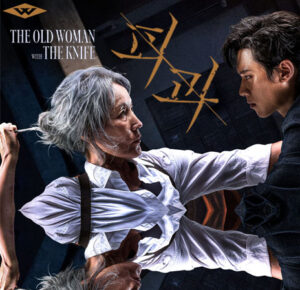

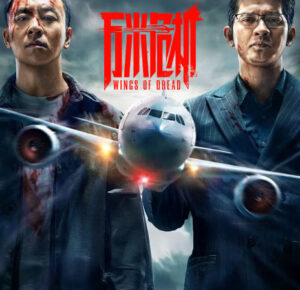
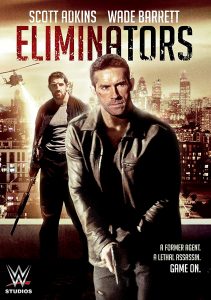

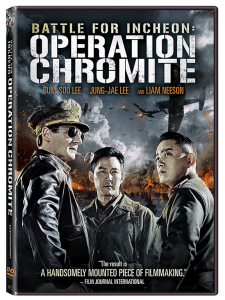


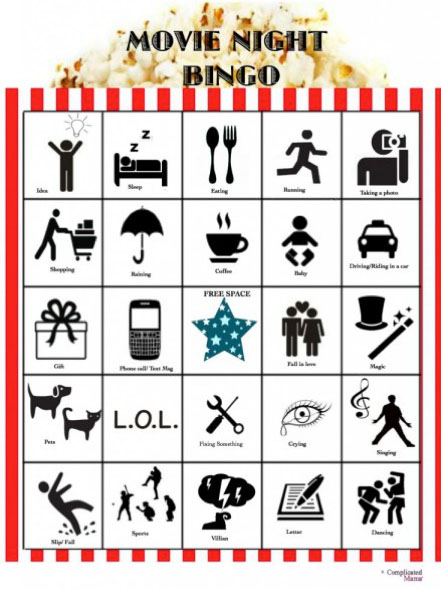
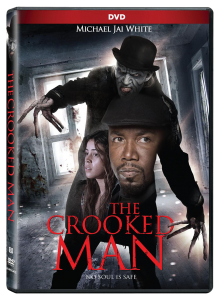
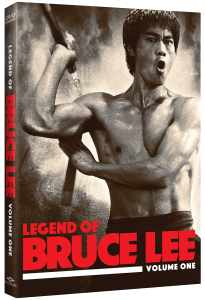
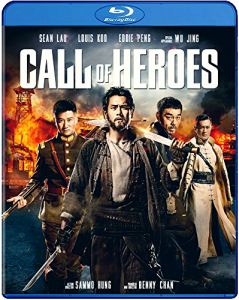
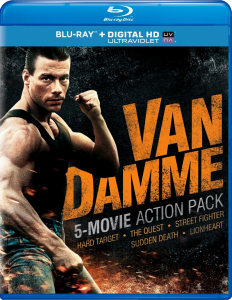
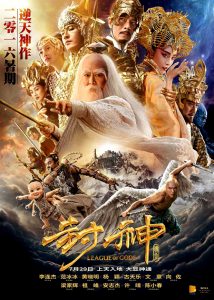
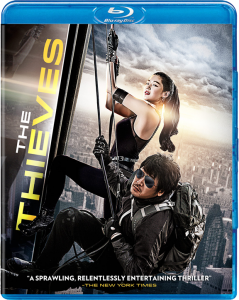
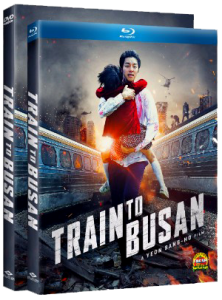
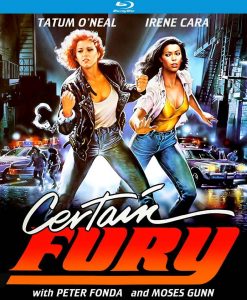
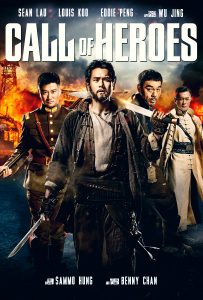


10 Comments